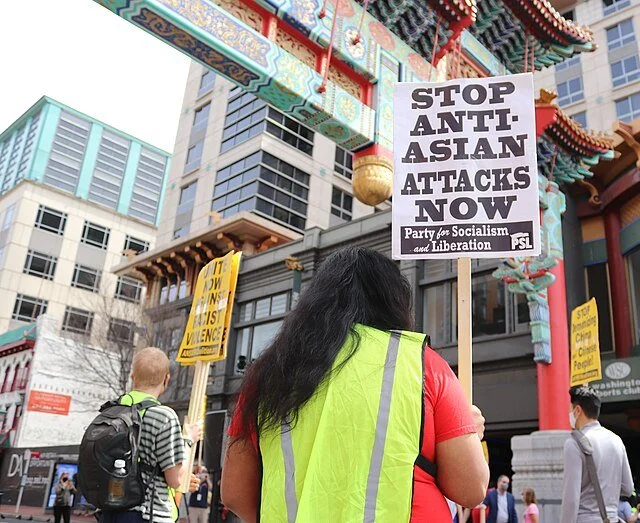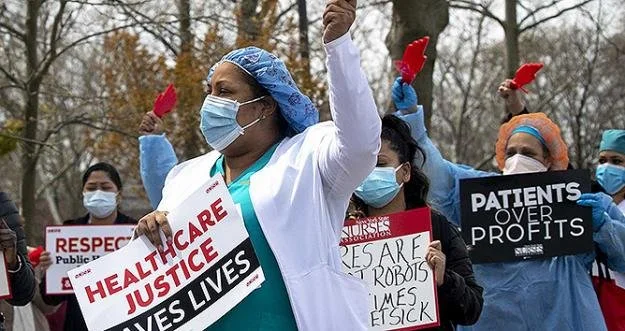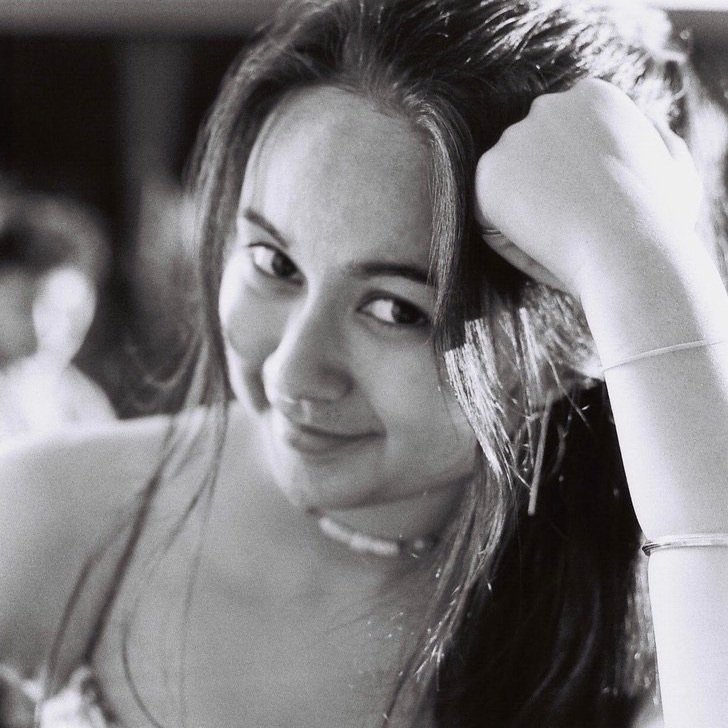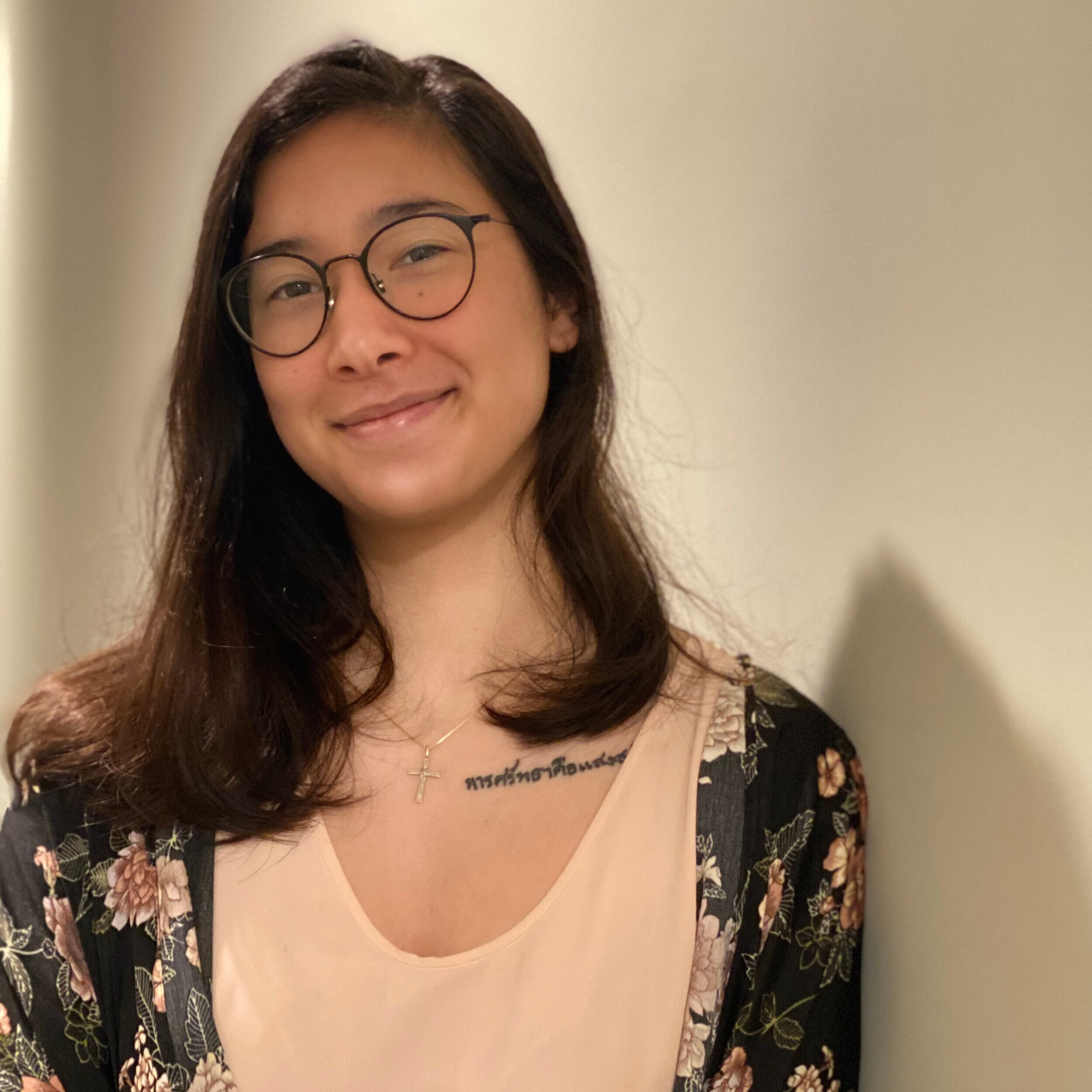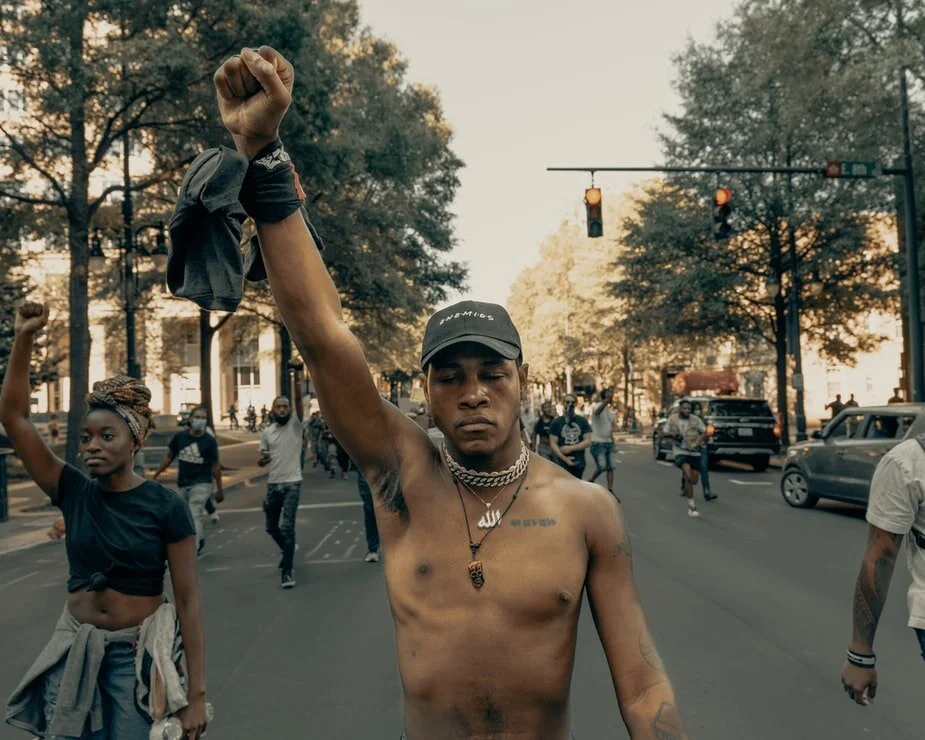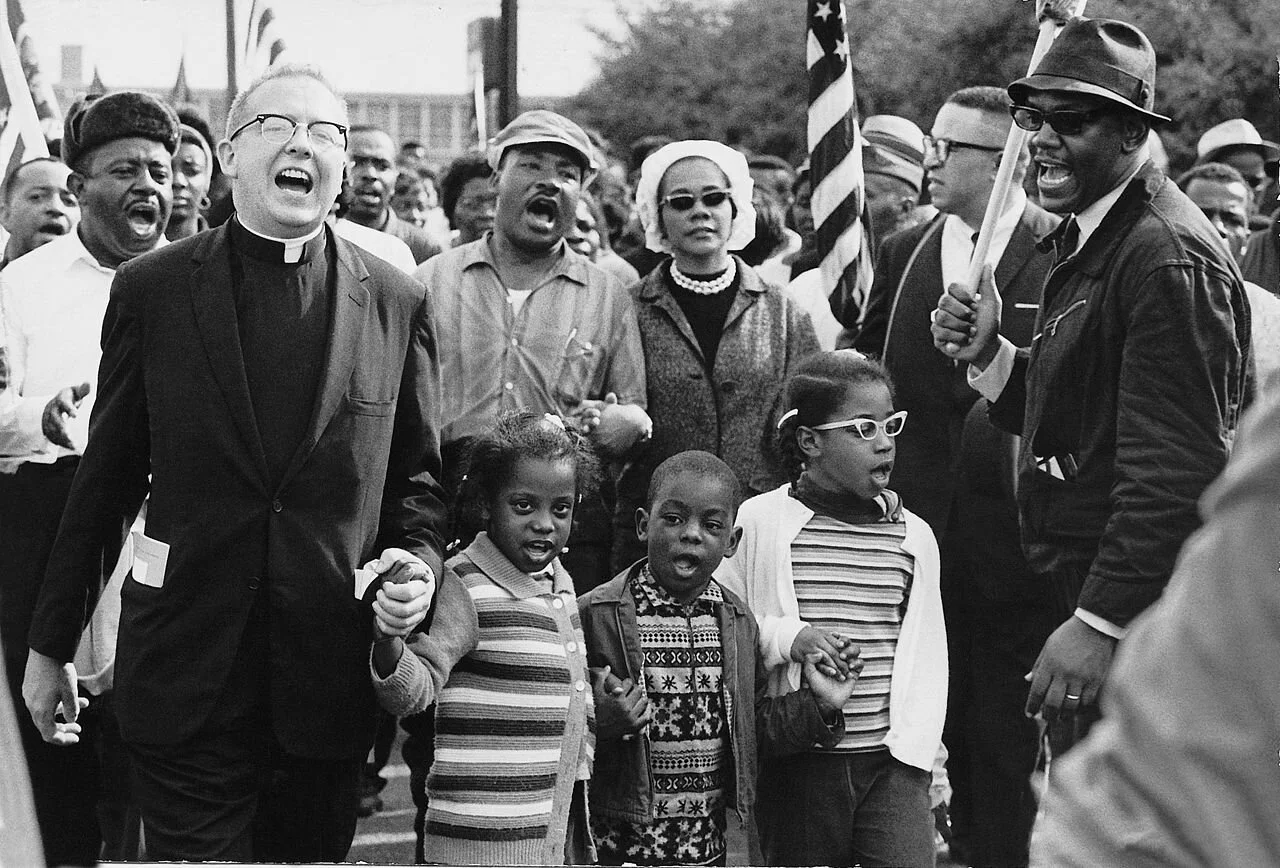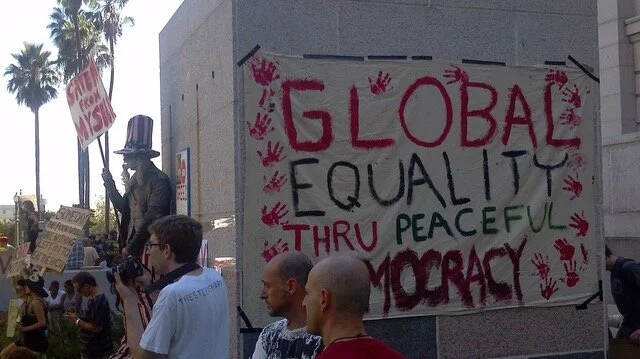With Anti-Asian hate on the rise, see what Stop AAPI Hate is doing to combat it and how you can help.
A Stop Asian Hate demonstration in Washington, DC. Elvert Barnes. CC BY 2.0
In the wake of the COVID-19 pandemic, the United States saw a dramatic increase in anti-Asian hate crimes and attacks. According to the FBI’s data reports, the number of recorded hate crimes exploded to 424 in 2020, up almost 175% from 2019. A survey by the Pew Research Center showed 1 in 3 Asian Americans knew someone who had been attacked or threatened because of their race. Many believed that Sinophobic rumors placing the origin of the COVID-19 virus in China fueled this sharp increase in violence.
Out of this crisis arose the organization Stop AAPI Hate. Initially meant to document anti-Asian hate in the US, Stop AAPI Hate has become a full-fledged advocacy group. The organization has several ongoing campaigns, such as the wildly successful No Place for Hate movement. The group also advocates for policy changes (such as a law in California that aims to prevent harassment on public transit), working to strengthen civil rights protections across the board. In 2023, Stop AAPI Hate fought to stop a potential Texas law that would prevent AAPI (Asian Americans and Pacific Islanders) immigrants from purchasing houses.
Sign up for our newsletter here!More recently, Stop AAPI Hate has moved towards bolstering the confidence and security of AAPIs across the country. In May 2024, a national survey by the organization showed the value of pride and supportive narratives in combating the fear spread by hate crimes. In response to this data, Stop AAPI Hate has announced a new program, Spread AAPI Love, which aims to foster supportive and celebratory connections between AAPIs across the country.
Stop AAPI Hate’s progress has been somewhat restricted by a seemingly unending rise in anti-Asian hate. The organization’s annual survey this year revealed that almost half of all AAPIs in the US were subject to some form of racism or hate. In 2024, there have been a number of reports documenting anti-Asian violence. In February, a man assaulted a Filipino woman on the street in New York. In April, a Massachusetts man ran over a Vietnamese man with his car. In August, a 26-year-old Korean girl calling for medical assistance was instead shot dead by police. The government has acknowledged these crimes and the systems preventing them from being properly reported, but bureaucracy has prevented true justice.
Stop AAPI Hate is doing its best to call attention to these cases as instances of anti-Asian violence continue to rise since the COVID-19 pandemic. Although they have made great progress, their mission is far from complete.
Sign up for our newsletter here!How You Can Help
Stop AAPI Hate is always accepting donations and support, both in general and for their specific campaigns. Many other organizations also dedicate themselves to stopping the spread of hate, including Asian Americans Advancing Justice, Red Canary Song, and the National Asian Pacific American Women’s Forum.
Ryan Livingston
Sign up for our newsletter here!Ryan is a senior at The College of New Jersey, majoring in English and minoring in marketing. Since a young age, Ryan has been passionate about human rights and environmental action and uses his writing to educate wherever he can. He hopes to pursue a career in professional writing and spread his message even further.

